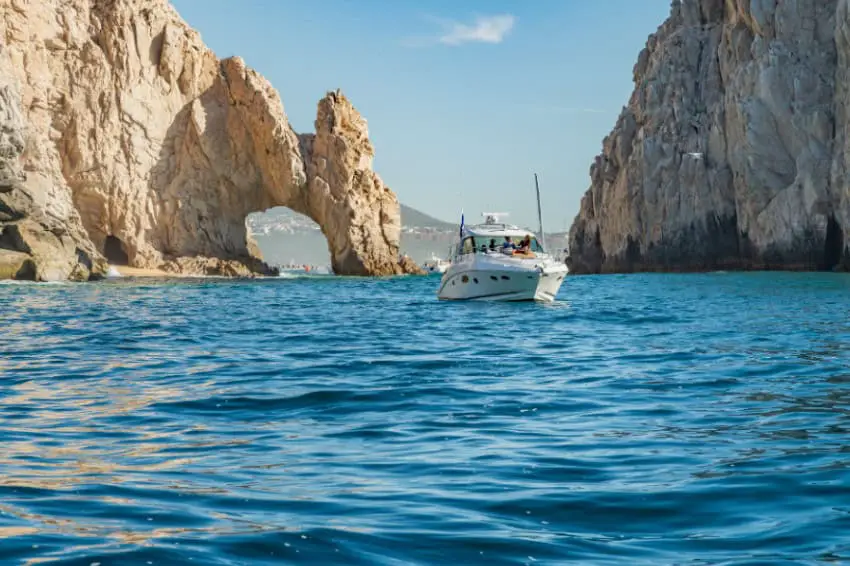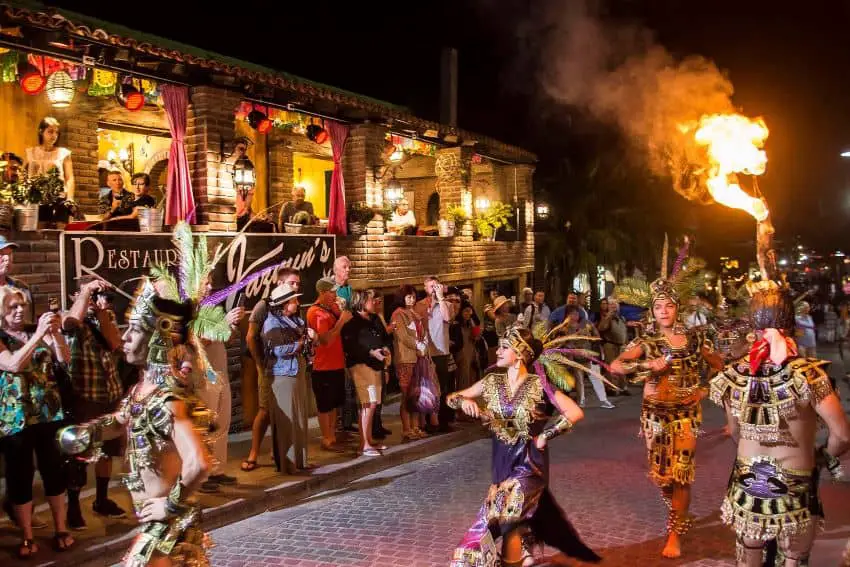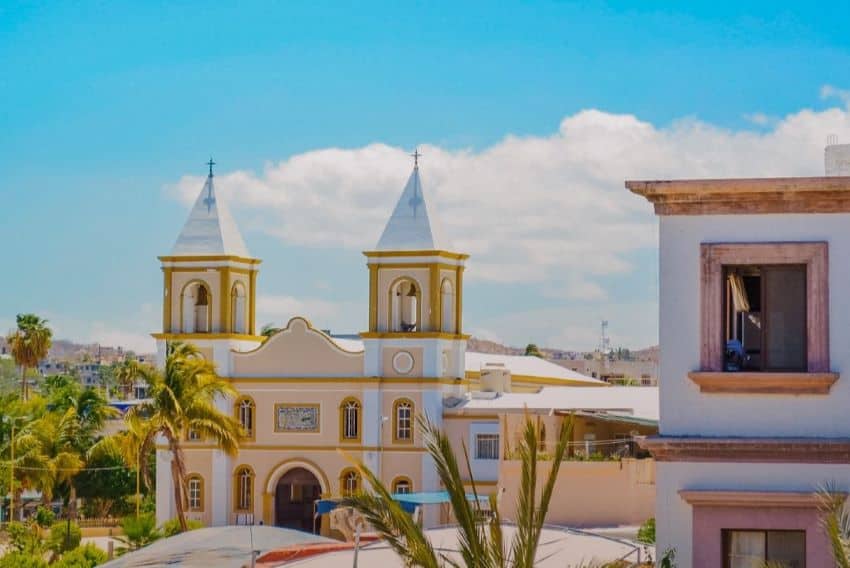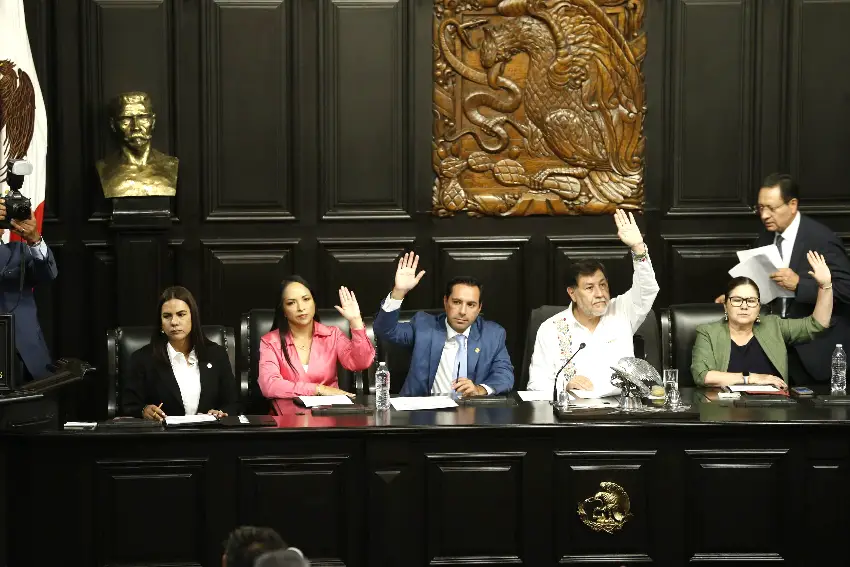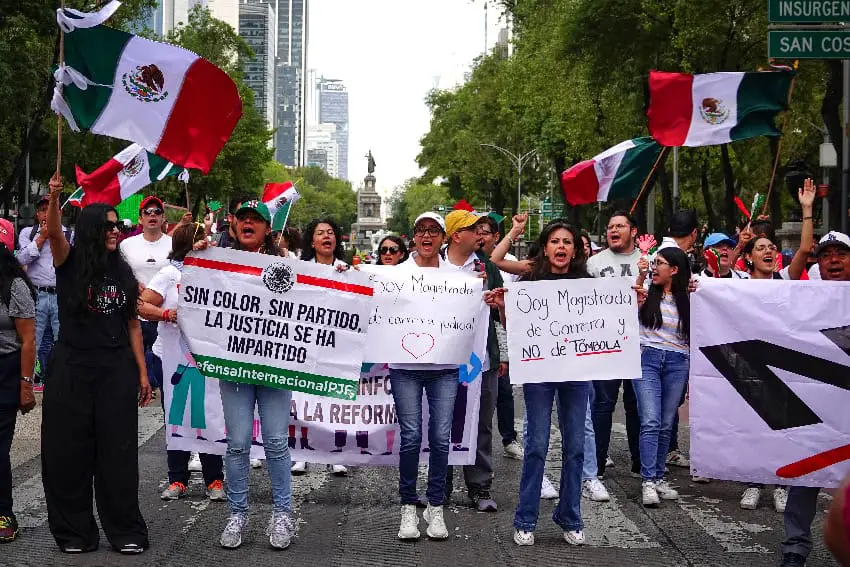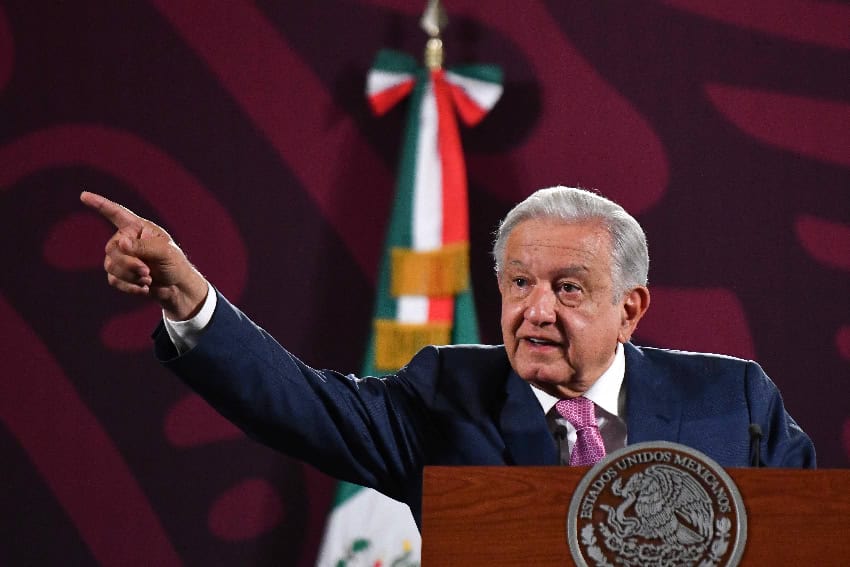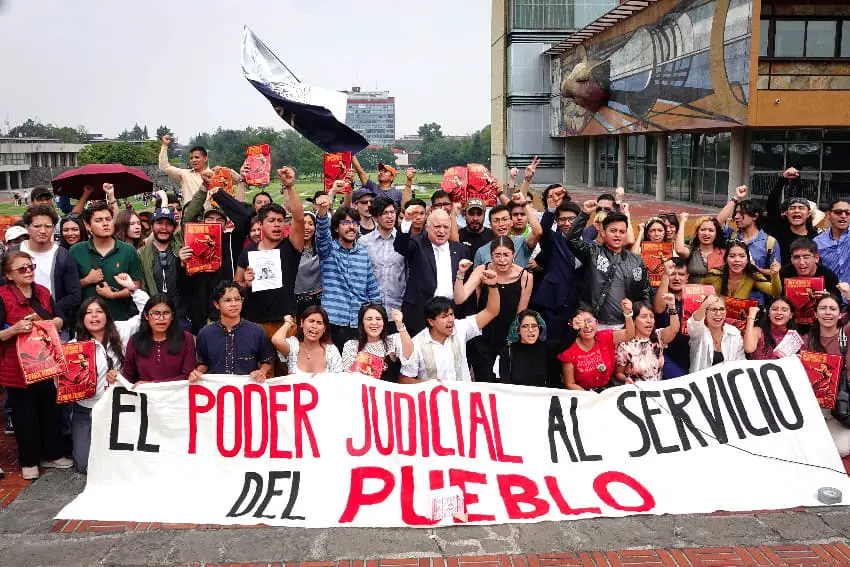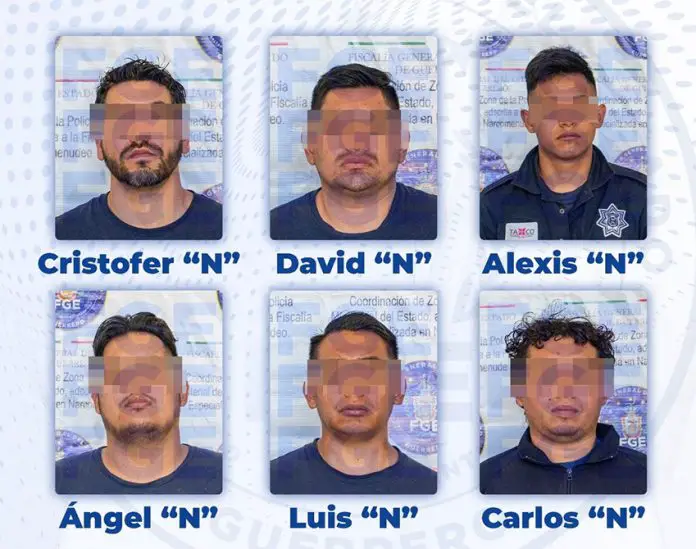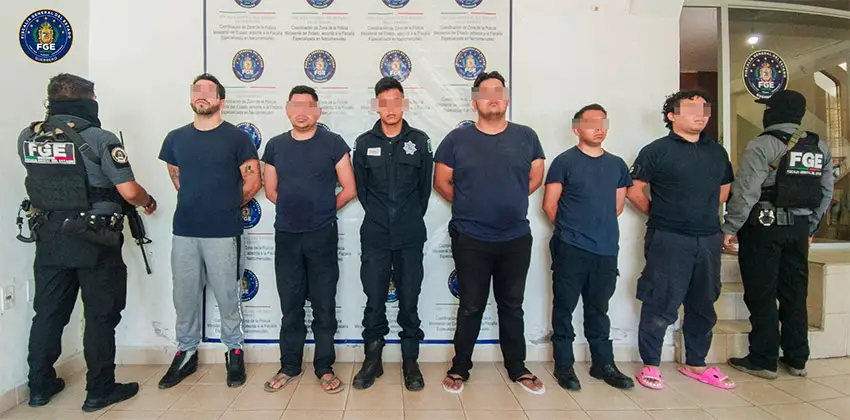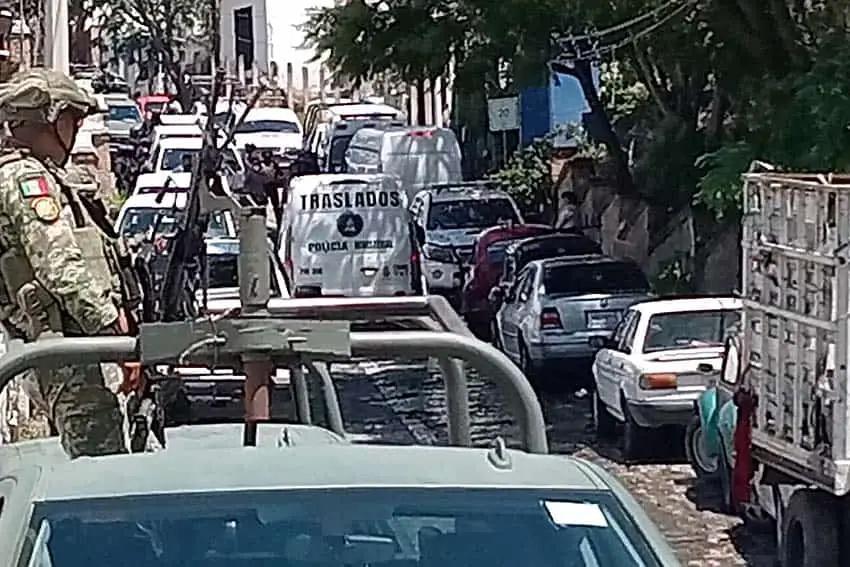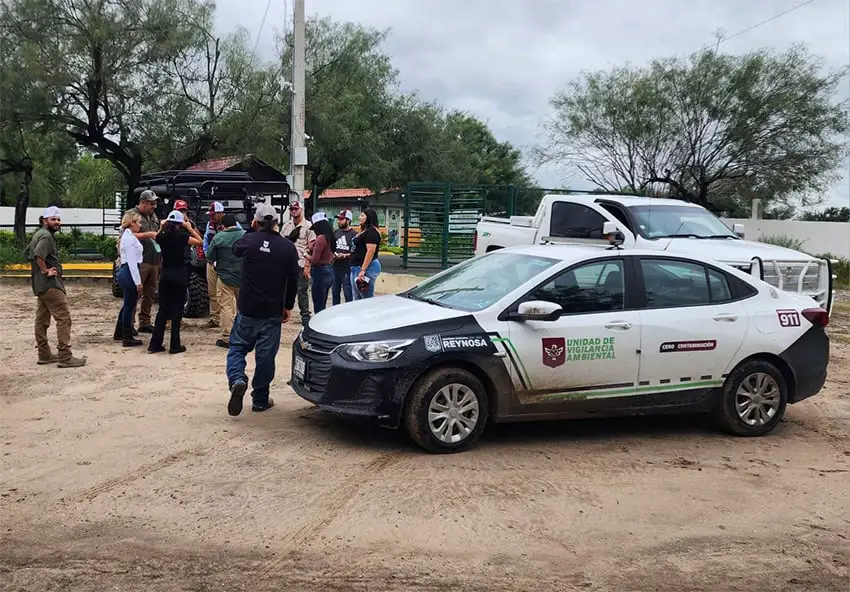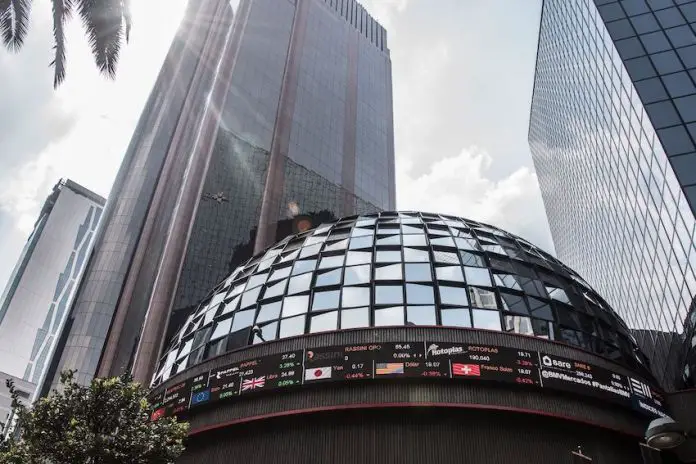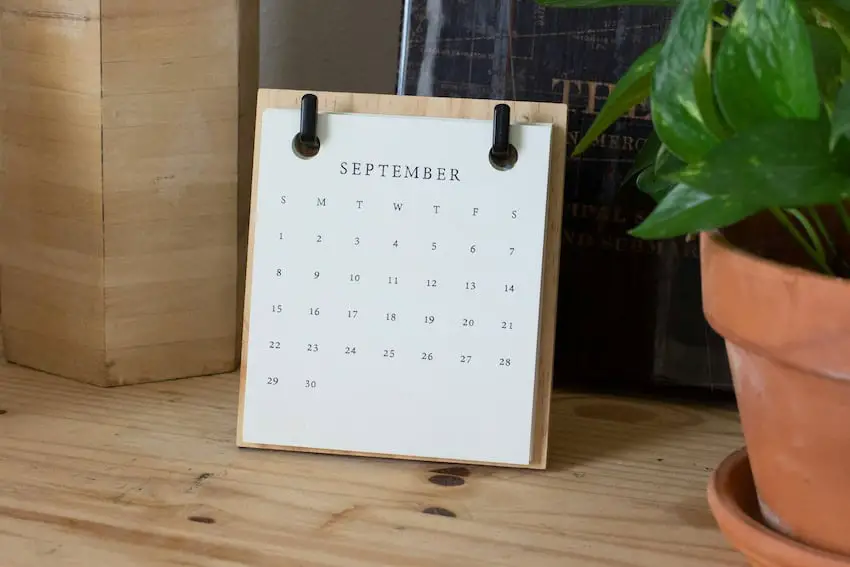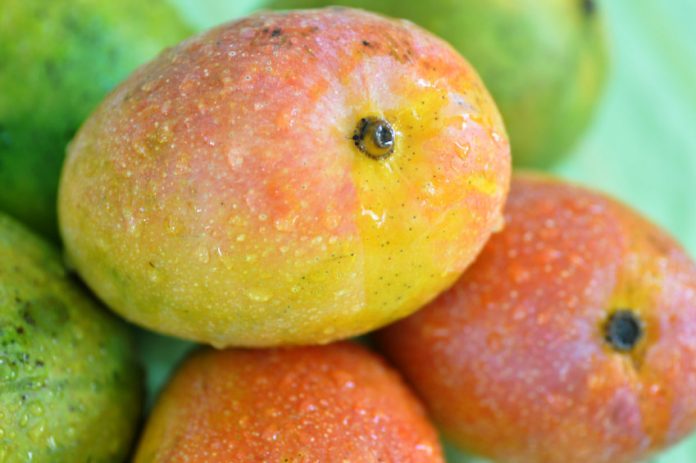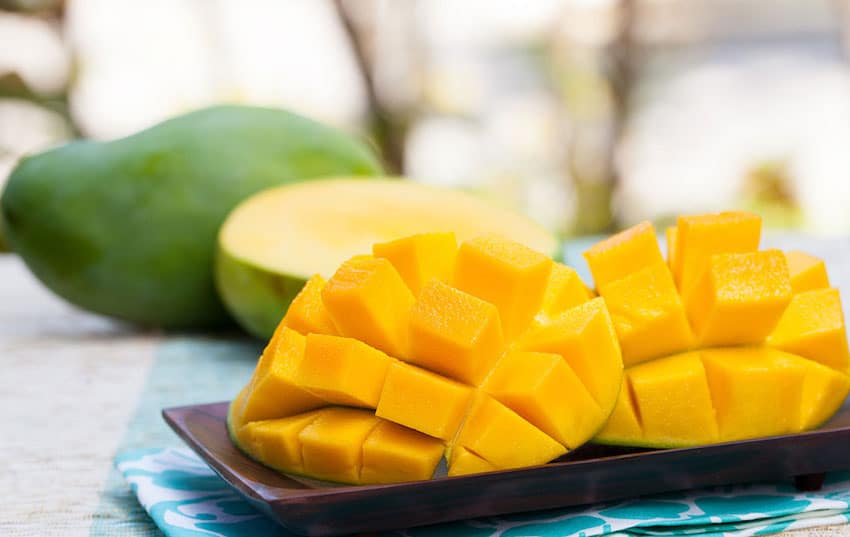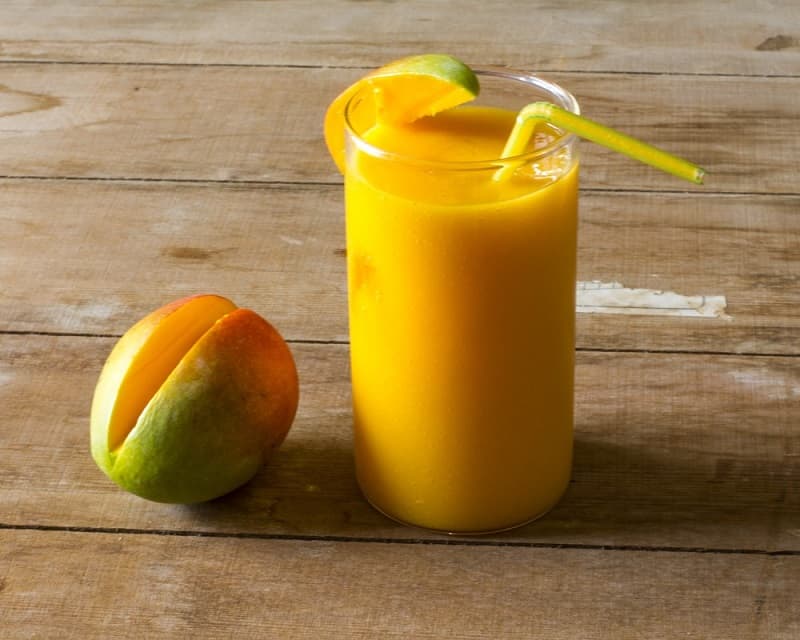Hello my friends, and welcome to the weekend! This week, we’re going to laugh, have fun and generally put the stress of the week behind us. To top things off, “su servidora” — yours truly — has prepared a delectable collection of Mexican cultural memes to down with your Mexican coffee.
So sit back and enjoy some homegrown humor, complete with translations — linguistic and otherwise. This week, we’re looking at some honest-to-god Mexican humor. You’ve earned it!
![]()
Meme translation: “I lied, I don’t have Netflix. We’re going to make book covers for my kids’ notebooks.”
What does it meme? Can you smell it in the air? At the very least, you can see it in the traffic, I bet. Back-to-school season is upon us at last!
Yes, after a summer spent neck-deep in their respective electronics, the time has come for schoolchildren to return to their classes. And with that, the time-honored tradition of covering notebooks and textbooks alike to protect them from the wear and tear of being mostly ignored. At least in my house. At my kid’s current school, we have mercifully not been asked to do this.
That means that I will be the one getting suckered by other parents to help “forrar los libros.”
Seriously though, “Actually I don’t have Netflix, we’re going to…” is one of my favorite meme formats, so ripe with possibilities! This is one of its best iterations, if you ask me.
And yes, I extended this translation a bit to make extra clear what the task was — forgive me!
![]()
Meme translation: “The World Health Organization announces a new health emergency due to #monkeypox.”
“It’s time to unleash the beast.”
What does it meme? Once, when walking with me into the grocery store in face masks, my partner, a very serious person, saw a bone-dry mat at the entrance and said, “See? This is why we’re still stuck in this pandemic.” He stared at my shocked face for a few beats before saying through his classic flat affect, “That was a joke.”
If you happened to be in Mexico during the early COVID-19 years, you’ll no doubt recognize the setup above. In addition to having one’s temperature taken through no-touch thermometers of dubious effectiveness and getting a squeeze of hand-sanitizer you’d be instructed to use two mats: one filled with water and some sort of disinfectant and another to dry your feet off.
How effective was this at preventing germs from getting inside through the bottoms of one’s shoes? Well, I’m not sure. But hey, we weren’t being asked to bathe in it or anything, so I was happy to comply.
![]()
Meme translation: “It’s get-in-the-way day at the gym.”
What does it meme? I go to a gym near my kid’s school after drop-off in the mornings. Every time I walk in, it seems fuller than the day before of abnormally tall, buff dudes.
Alas, I am not abnormally tall or abnormally buff, but I am pretty good at getting in the way of people who are. To be fair, we all get in each other’s way in lots of places in Mexico, because spaces are just kind of small.
Perhaps it’s by design? The voice of Doris Day when she hops on a horse with her crush when she could have taken her own in the 1953 classic film “Calamity Jane” comes to mind: “It’s cozier this way!”
![]()
Meme translation: “The gas delivery man sent me this sticker:”
“I’m outside.”
What does it meme? The late, great Juan Gabriel is one of Mexico’s most iconic musical artists, complete with a true rags-to-riches story and a loyal following of what might as well be the entire country of Mexico. Though he fathered a child and adopted four more, he was widely assumed to be gay — at a time and place when talking about being gay could be a career-killer. Once, responding to a journalist who asked if he was gay, he famously quipped, “Lo que se ve no se pregunta” — “Don’t ask questions you already know the answer to.”
The above meme is from a photo shoot with another artist — the tank of gas replaces a palm tree on the beach in this one — and can be explored here.
![]()
Meme translation: “Do you know the joke about the kiss?”
“I don’t know the joke about the kiss. Tell it to me so we can share a fun moment.”
“Let’s do this again, but this time you respond, ‘What kiss?’”
“A classic! Whose kiss?”
“No, bro. You have to respond, ‘What kiss?’”
“This.”
What does it meme? This one is complicated, as it’s a joke that really only “works” in Spanish. But it cracks me up, so is worth explaining! It’s similar in form and punchline to the classic Office joke that Jim tells: “Does it smell like updog in here?” “What’s ‘updog’?” “Nothing, what’s up with you?”
A couple of months ago I wrote about Mexican “albures,” and this is one of them. And in this case, AI seems to have played the fool, biding its time so that it could deliver the punchline itself!
Scary and hilarious.
“¿Cuál beso?” can mean either “Which kiss?” or “What do I kiss?” thanks to the fact that “beso” as a noun and “beso” as the present form of the first-person verb for “kiss” are the same word and “cuál” can be either “which” or “what.”
So careful with saying “Cuál ____?” my friends, lest you be invited to do that verb to… well, usually it’s a penis. And to a sizable portion of the population out there, there’s no funnier joke.
Sarah DeVries is a writer and translator based in Xalapa, Veracruz. She can be reached through her website, sarahedevries.substack.com.

